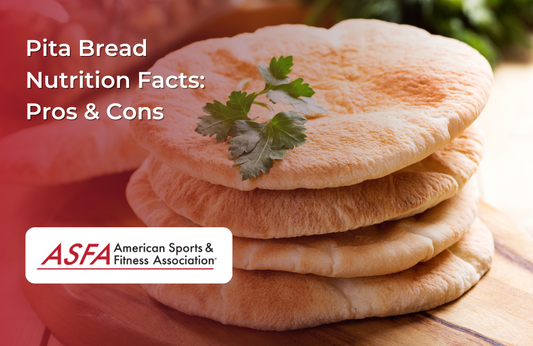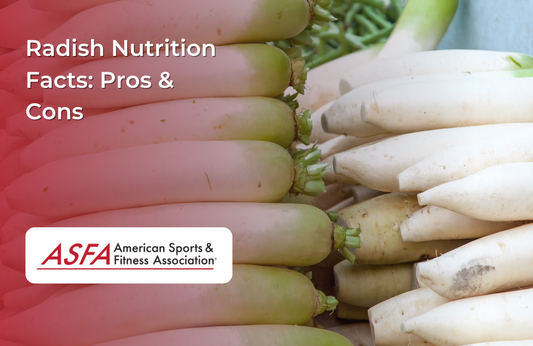Kiwis are small, round fruit that grows on vines in warm areas of the world. They're rich in vitamin C and fiber and have a flavor similar to citrus fruits. Many people consider kiwis an acquired taste, but if you give them a chance, you'll find they're very enjoyable! In addition to eating them raw or adding them to smoothies, you can also try cooking kiwi—they make great additions to salads or desserts like tarts or pies.
Kiwis are small, round fruit that grows on vines in warm areas of the world.
Kiwis are small, round fruit that grows on vines in warm areas of the world. They have green skin and white or yellow flesh. Kiwis originated in China and were brought to New Zealand, where they were cultivated. The kiwifruit is high in potassium and fiber; one medium kiwi has only 60 calories but provides 100% of your daily value (DV) for vitamin C--an antioxidant that helps boost immunity and protects against heart disease, cancer, and cataracts. In addition to eating them raw or adding them to smoothies, you can try cooking kiwi: Just slice it up with some sugar and lime juice for a delicious dessert topping!
Kiwis are rich in vitamin C and fiber.
The kiwi is rich in vitamin C, which helps the body fight free radicals. Vitamin C also helps keep skin looking healthy and vibrant. In addition, fiber helps prevent constipation and keeps you full longer than other fruits do. A sweet-and-sour taste often compared to strawberries or pineapples makes this small fruit a delicious snack! Due to its high nutritional value, many people with diabetes recommend eating kiwis regularly as part of their diet plan because they have more potassium than bananas or apples
Many people consider their flavor to be similar to citrus fruits.
Kiwis are a great source of vitamin C and fiber, and they're also high in potassium. They can be eaten raw or cooked, but it's best to eat them as soon as possible after purchasing them because kiwi flesh does not last long once cut from the fruit.
Kiwis were first cultivated in New Zealand, where they're known as Chinese Gooseberries (or kiwifruit). The name has changed since then because of their flavor being similar to citrus fruits rather than gooseberries!
Kiwis originated in China and were brought to New Zealand, where they were cultivated.
Kiwis are a member of the Actinidia genus and native to China, but they were brought to New Zealand, where they were cultivated. Kiwis have been grown in New Zealand since the early 1900s and are now grown in Chile, Italy, Greece, and California as well.
They can be used in a variety of ways including adding them to smoothies or salads or eating them right out of hand! You can eat both the skin and flesh of a kiwi fruit because it has no seeds or pits like some other fruits do (like strawberries). They're also good for you because they're high in potassium--one medium-sized kiwi contains about 75 milligrams of potassium per serving which is about 10% more than what's recommended daily intake should be according to Dietary Guidelines from 2010
Kiwifruit contains lutein which may help prevent macular degeneration; alpha lipoic acid which helps improve glucose tolerance; vitamins C & E as well as folate which helps maintain healthy bones by decreasing risk factors associated with osteoporosis such as decreased bone density & increased fracture risk
Kiwis are good for you because they're high in potassium and fiber.
Kiwis are high in potassium and fiber, which means they're good for your digestion. Potassium helps your heart, too.
Kiwis are also rich in vitamin C and fiber, which aid digestion, boost your immune system, and keep you feeling full longer. That's why we love them! They also contain lutein -- a carotenoid pigment that helps protect against age-related macular degeneration (AMD).
In addition to eating them raw or adding them to smoothies, you can try cooking kiwi.
There are many options for cooking with kiwi. You can use them in fruit salads and smoothies, or you can simply slice them into wedges and eat them as a snack. If you're looking for a healthy dessert idea, try topping your favorite ice cream with slices of kiwi or adding them to your favorite cookie recipe. The possibilities are endless!
In addition to eating them raw or adding them to smoothies, you can try cooking kiwi as well. Cooking with this small green fruit is easy and tasty--here's how:
- Selecting a ripe kiwi: Look for firm but not hard fruit that feels heavy for its size (a sign it contains lots of juice). Avoid ones that have soft spots or appear bruised; these could indicate mold growth inside the skin which will make your dish taste unpleasant once cooked with other ingredients like sugar or butter during baking processes like making jam out of fresh fruits such as strawberries mixed together with sugar syrup over time until thickened enough before being stored away at room temperature without refrigeration required due mainly because most people don't have room space available anymore nowadays due mostly because renting apartments costs too much money these days so they tend only buy big houses instead since they don't want to spend money unnecessarily since living paycheck-to-paycheck isn't fun at all especially when bills keep piling up faster than expected sometimes making people feel overwhelmed financially speaking especially if paying rent isn't cheap either."
Takeaway:
There are many benefits to eating kiwis. They're high in vitamin C and fiber, as well as potassium. They also contain antioxidants, which help to protect your body from damage caused by free radicals and oxidative stress.
Kiwis are a good source of vitamin E, folate (folic acid), vitamin K and copper; manganese; lutein; zeaxanthin--all nutrients that play an important role in eye health!
Besides being tasty additions to salads or smoothies, kiwi skins are edible too! You can even eat them straight from the fruit if you like--they taste like a cross between citrus peelings and banana peels but without any bitterness that comes from eating those parts on their own
Conclusion
While kiwis are best known as a healthy snack, they can also be cooked or used in other recipes. Try adding them to salads, smoothies, and oatmeal for some extra flavor!





